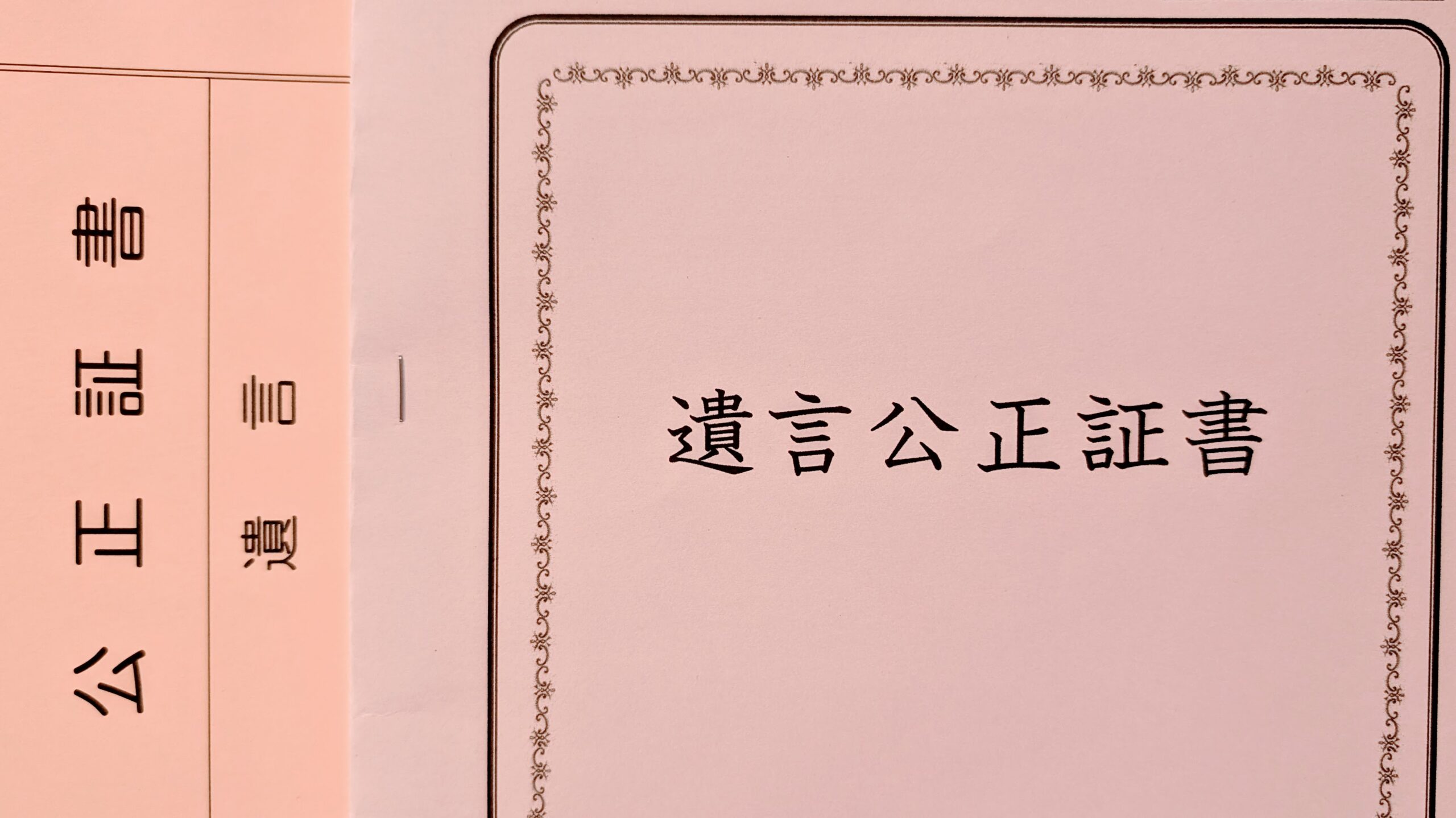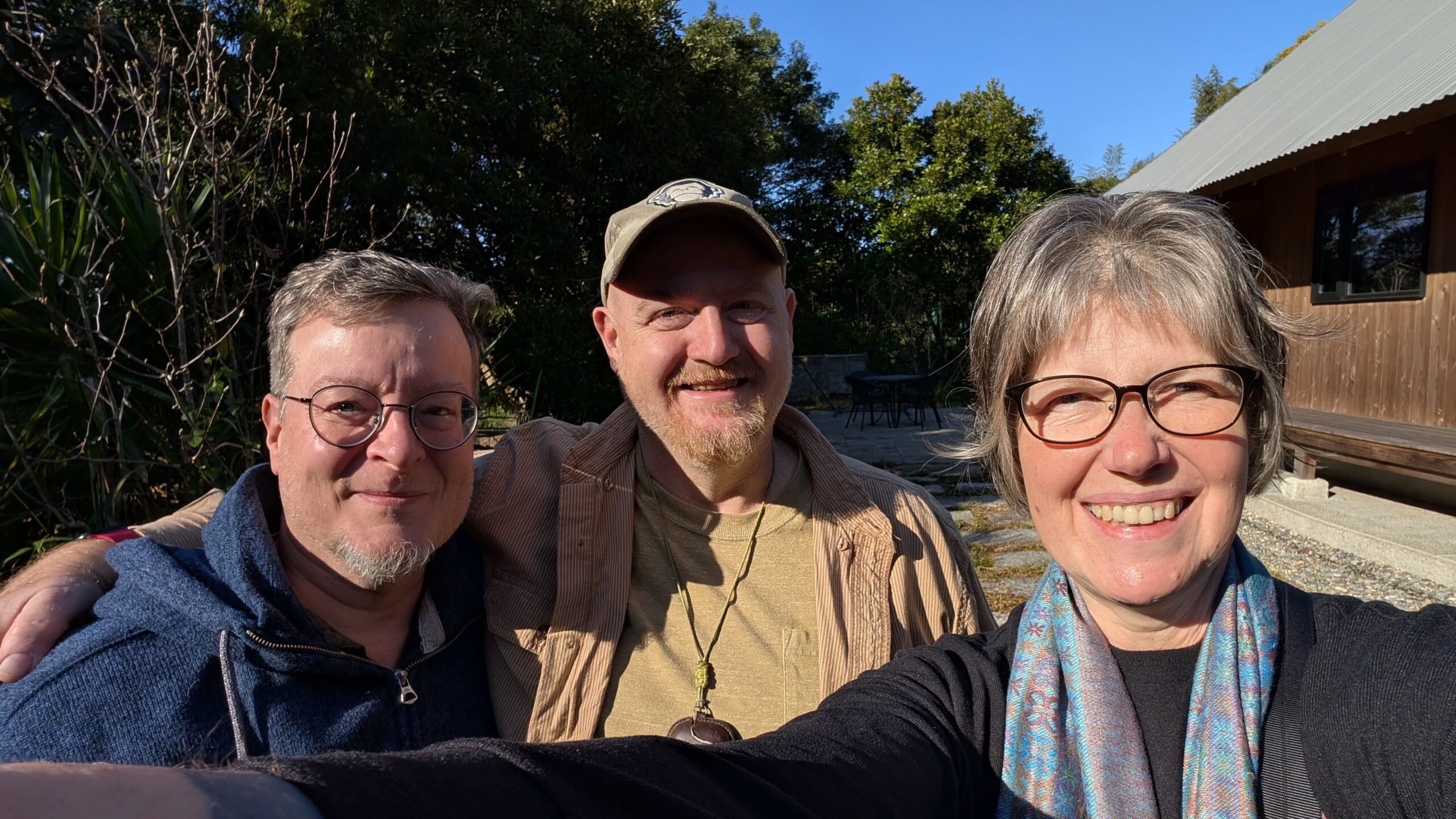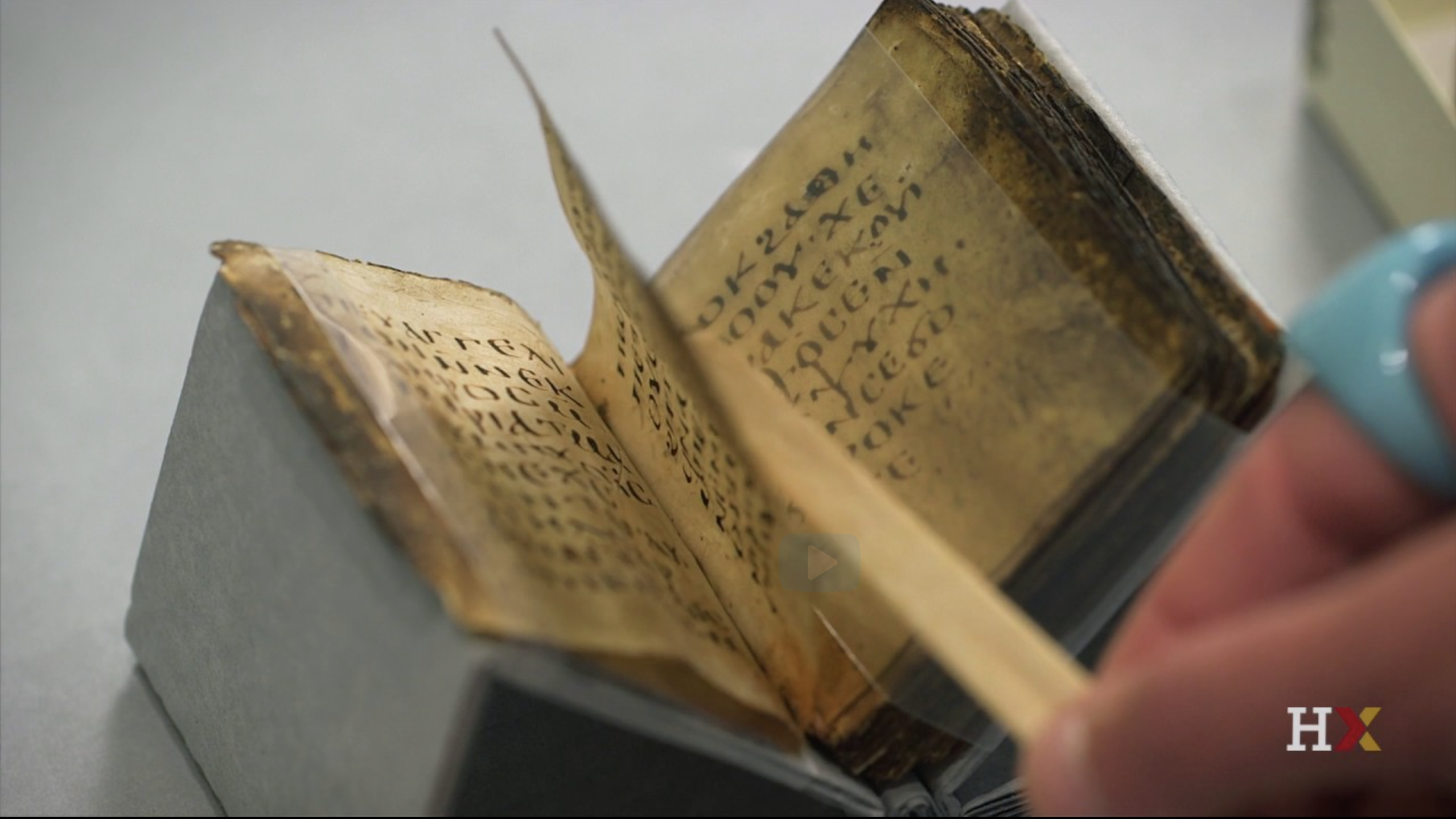I am not sure how I lived this long without really understanding the equinox. I have been marking equinox and solstice days for decades. It’s one of the few planet-wide things to be celebrated.
I thought the equinox was when the day and night were equal lengths. That’s what I learned in school. Also that you can easily balance an egg on its end on the equinox. But neither of those statements is true.
So what is the equinox? It is the moment the center point of the sun crosses the plane of the Earth’s equator. On that day, the sun appears to rise due east and set due west.

But it’s not “day and night of the same duration” because sunrises and sunsets aren’t instant – they take a few minutes. At sunrise, we see the top half of the disc of the sun before it gets to the center point. And at sunset, the top of the sun sinks below the horizon after the center point. Both of these add a few minutes of light, so day is a little bit longer than night.
There is a date when day and night are the same duration that accounts for sunrise and sunset times. It’s called Equilux.
On equilux, day and night are 12 hours each. Interestingly, the date varies with latitude. The closer to the pole you are, the closer to the equinox this happens. At the equator, there is no equilux; day is always longer than the night.
Timeanddate.com has a good article with a table of the dates by latitude. Where I live, 35 degrees north, equilux falls on September 26th and March 16 – about four days to the winter side of each equinox.
Fascinating.






